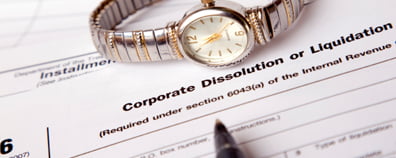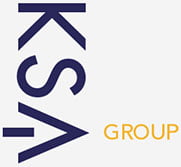There are many reasons for wanting to close down your limited company. Some of the most common reasons are;
- For retirement purposes.
- To repay capital to shareholders
- Becoming a sole trader
- Due to the company’s financial difficulties.
- The company is no longer needed as the directors now have permanent employment
How Does A Limited Company Close Down?
How a company is closed down depends very much on its financial situation, its solvency and whether it is trading or not.
It can be closed by the directors whether it is solvent or insolvent in 4 main ways.
- Members Voluntary Liquidation (also known as solvent liquidation). If it has no debts but more than £25k of assets it can be closed using a members voluntary liquidation.
- Creditors Voluntary Liquidation. If the company is insolvent and unable to pay its debts, then under director and shareholder control it can enter into creditors voluntary liquidation.
- Compulsory Liquidation; this is usually initiated by a creditor, such as HMRC, by issuing a winding up petition in the Court to have the company compulsorily liquidated.
- Voluntary Dissolution, can be used if the company has no assets, it has no debt or minimal debts and it hasn’t traded for 3 months.
Member voluntary liquidation (MVL) is usually used after all creditors, corporation tax and other liabilities have been paid, final accounts have been filed and corporation tax returns have been filed. It can be a tax efficient method to return capital to shareholders. This option can only be done by a licensed insolvency practitioner.
Members Voluntary Liquidation (MVL)
- This is a formal process used to close a solvent company.
- Licensed insolvency practitioners are called in to aid the company in turning assets into cash.
- The money received from this is then equally distributed to the company shareholders.
- Directors may be able to claim Business Asset Relief if there is £25k or more cash.
- Members receiving this money are taxed using capital gains tax rather than dividends.
- To claim relief, the directors must declare that the company can pay for everything, including the cost of liquidation, in full.








